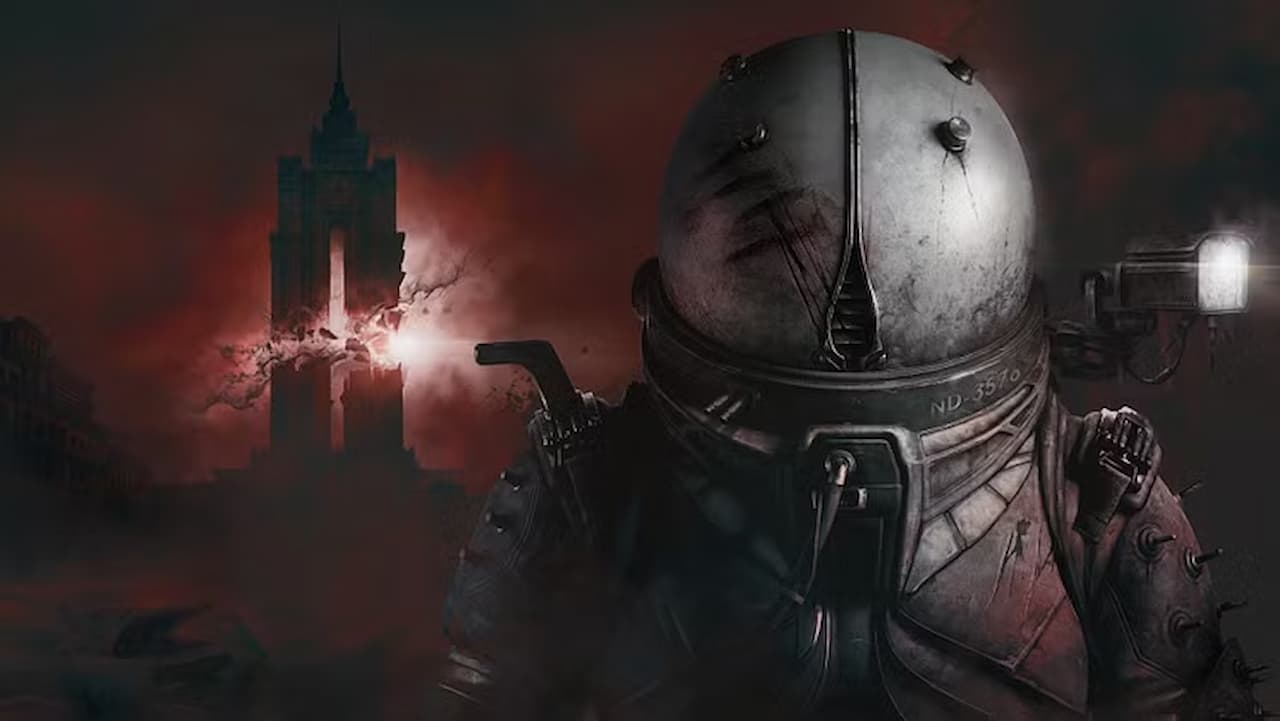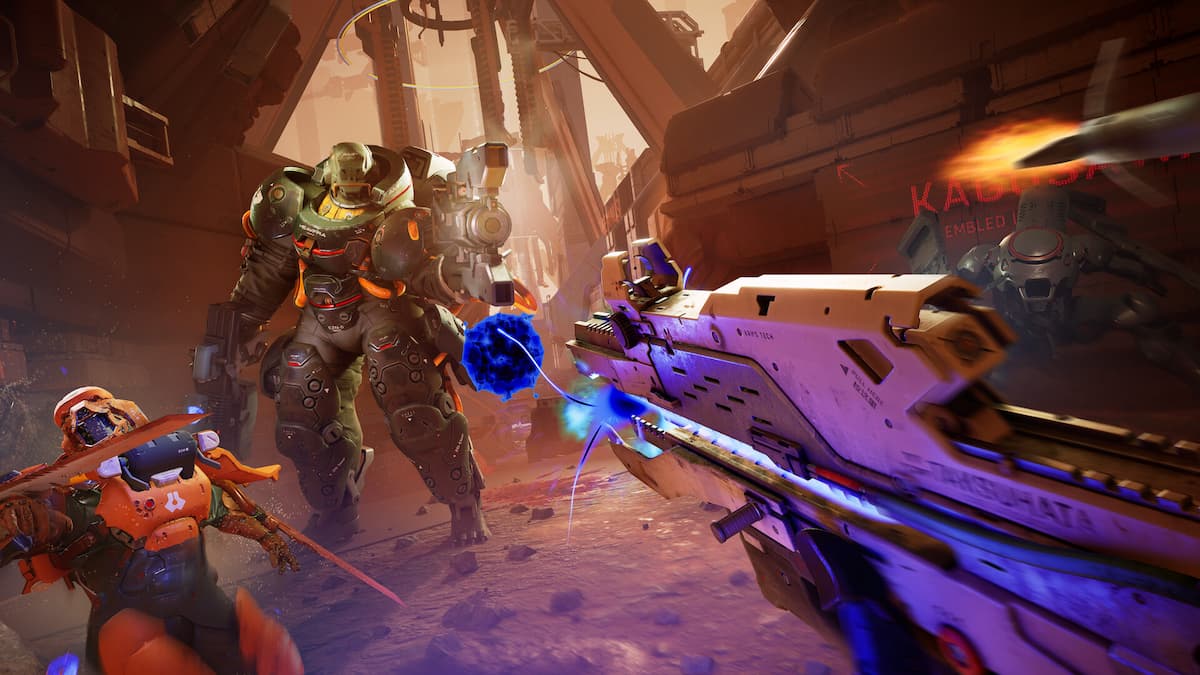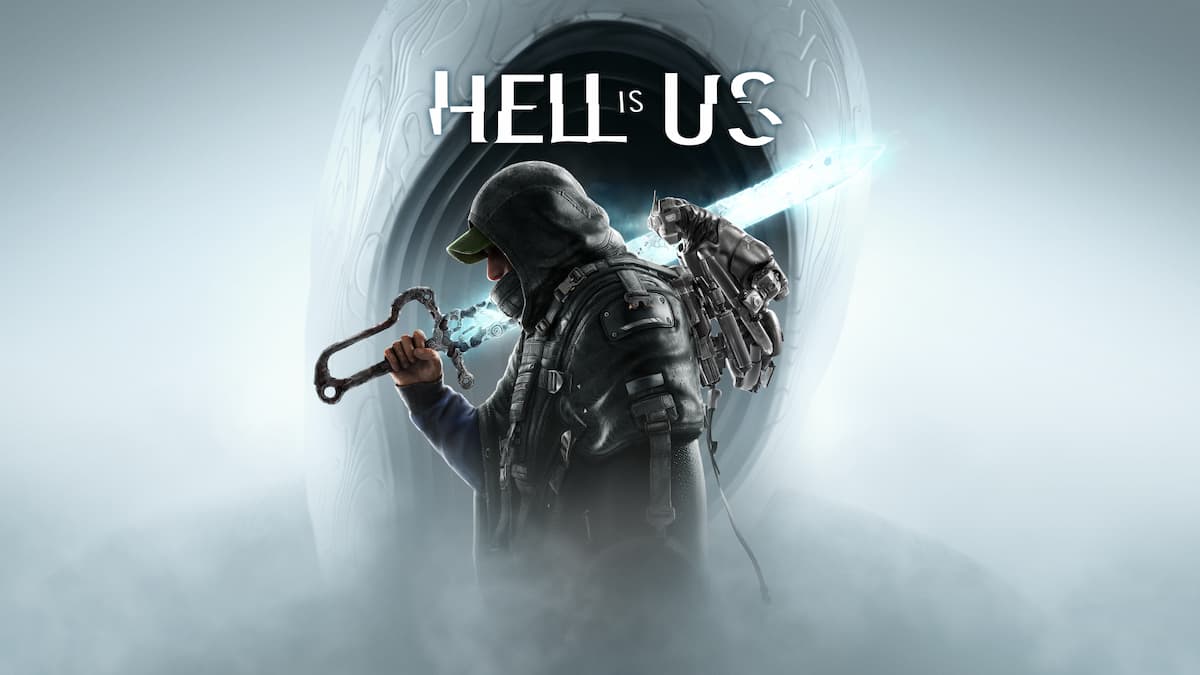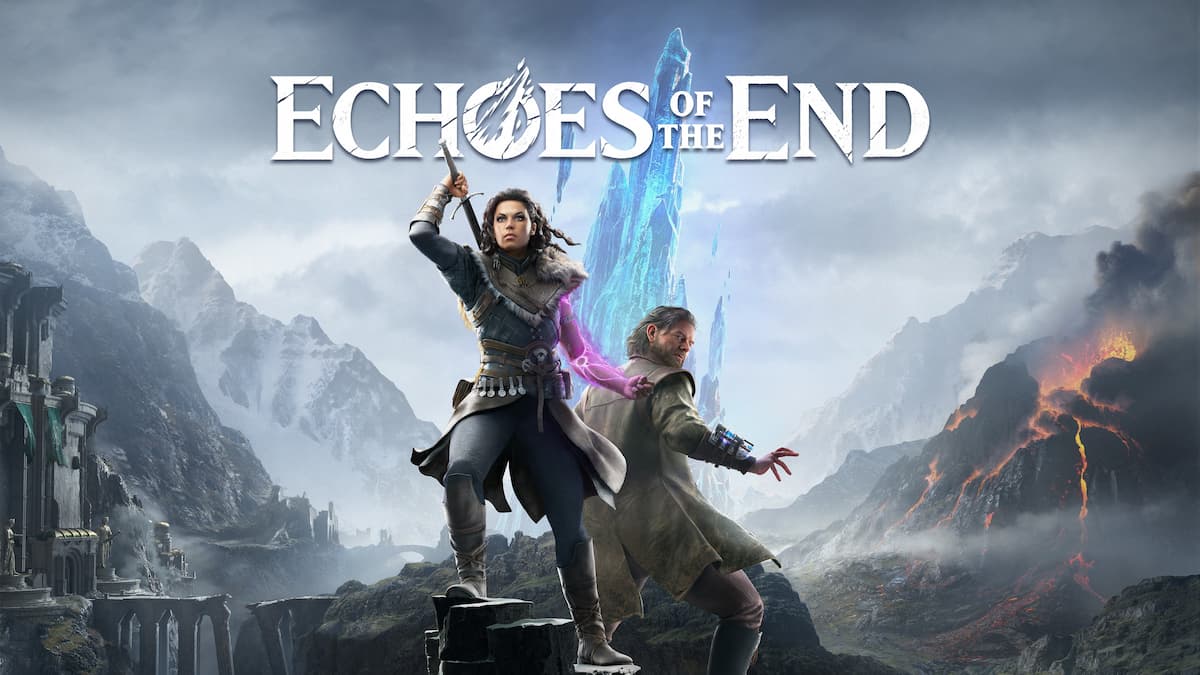Can You Solve the Murder? is a videogame in a book, and we absolutely need more of it
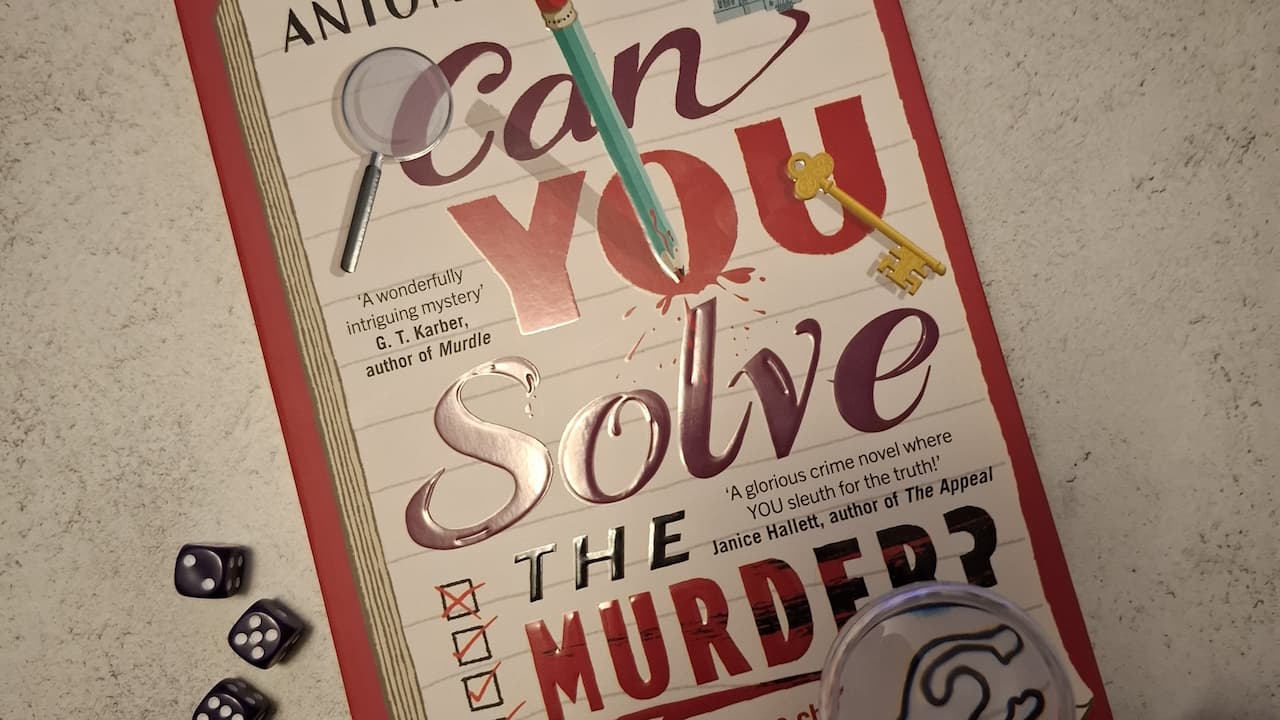
When I’m not playing video games, I probably have my nose in a book. I’ve loved reading since I was old enough to hold books in my chubby baby hands, and in the last year especially, getting lost in a novel has been a necessary escape and coping mechanism for me when life has been, well, a bit shit. As much as I love getting lost in a good thriller or having my heart warmed by a rom-com, however, there’s nothing quite like when my two loves, the worlds of books and video games, collide. Enter Can You Solve the Murder? by Antony Johnston, a choose-your-own-adventure style whodunnit.
The interactive storytelling format is nothing new; it’s been around for decades, in fact, and I remember reading books like this as a kid. The original Choose Your Own Adventure books by Edward Packard date back to the 1970s, and there have been dozens of others too. But in recent years, particularly in adult fiction, it’s a very rare treat. And so when Can You Solve the Murder? launched this summer, I absolutely jumped at the chance to pick it up.
Can You Solve the Murder? is written in second person, putting you at the heart of the story as a police detective. You’ve just arrived at the Elysium Hotel, a health and wellness retreat; usually a quiet and serene place of yoga and relaxation, a body has been found. Harry Kennedy, a local businessman, is dead, having fallen from an upstairs window. A terrible accident? Not likely — he’s also got a pitchfork through his chest, and a flower shoved in his mouth. Someone wanted him to die, and that someone is still in the hotel. And that’s where you come in: it’s down to you to solve this crime.
You don’t read Can You Solve the Murder? from cover to cover, as you would a traditional book. Broken up into 200 numbered sections, you’ll jump backwards and forwards depending on the choices you make. After reading the 14 pages of section one, introducing you to your character and your team, as well as providing you with the basics of the crime scene, you’ll choose which leads to follow. For example, if you choose to question the hotel receptionist, you’ll turn to section 23. Or if you’d rather go to the manager’s office and grill him, you’ll turn to section 135.
The entirety of the novel plays out like this, with you jumping backwards and forwards depending on what choices you make. You’ll decide which evidence is most important, which suspects to interview first, and what leads to chase. And beware: there are wrong decisions that could lead you down the wrong path. To really engage your brain, there are some proper puzzles to solve in the form of coded messages to crack. Yes, the answers are in the back of the book, but you’ll get a lot more out of the experience by fully engaging with a notebook and pen.
You’ll need to if you wish to fully immerse yourself in Can You Solve The Murder?, too. Like the best puzzle games that require you to play with a notebook at your side, this book asks you to jot down certain codes after reading particular sections. These will act as a guide, and you’ll frequently need to reference them as you move through the story. For example, you may be instructed to turn to section 4 if you have ‘P3’ written down. If not, you’ll turn to another section. Unlike a video game, the book can’t track which sections you’ve already read, or which suspects you’ve chosen to question. These codes are a clever way to do that, and a way to ensure you don’t end up caught in a loop or going down a path that doesn’t make sense based on your progress.
It’s extremely clever — and that’s not surprising when you consider that author Antony Johnston is in fact a celebrated video game writer, having written the script for the original Dead Space. He’s also worked as a writer on Resident Evil Village and Shadow of Mordor, and has consulted on the likes of Silent Hill Ascension, Blackwood Crossing and Returnal. Oh, he also wrote the graphic novel that became the movie Atomic Blonde, has written for podcast and film, and has an impressive bibliography of cosy detective and thriller novels. Phew.
Johnston’s had quite the writing career, then, and his experience of novels and video games come together beautifully in Can You Solve the Murder?. This is a book that’s impossible to approach like a normal novel; instead, its multiple, branching narratives need to be considered in the same way as they would a video game. Choice A leads to Action B, which leads to Route C, blocking out Potential D, and so on. Written in a giant flowchart rather than a stream of a Word document, the amount of work that’s gone into creating this book is plain to see, and it’s seriously impressive.
When we play a video game, we probably don’t often think about the mechanics that make the story flow, especially one that has a branching narrative where our choices affect the outcome. It all happens in the background, so seamlessly, that we never need to consider it. But here, Johnston has laid it all out on paper, using clever codes and choices to guide us through a fluid and linear story that only makes sense if we’re reading the book correctly.
He’s trusting the reader to follow the rules and do as they’re told; write a code down wrong or turn to the wrong section and you’ll soon find yourself horribly lost. That’s the downfall of the format, I suppose: a video game can remember for you, but here, the onus is on you. But do exactly as you’re supposed to and the result is something rather extraordinary: a novel where you really are in charge, where you really will solve the murder — providing you’ve followed the clues correctly and engaged your brain. And if you don’t? Well, that’s just an excuse to jump back in and try again, isn’t it?
It helps, of course, that the story Johnston weaves is a good one. At its core, Can You Solve the Murder? is a classic whodunnit in the vein of Agatha Christie et al. After finding Kennedy dead, you’ll quickly be introduced to a handful of key witnesses and suspects, and over the course of the book you’ll learn more about them, their relationship with Kennedy, and their motives and alibis. There’s also a fair bit of police work talked about — not enough that it steps into police procedural territory, but just enough to give your teammates personality and depth.
If you fancy turning off the console for an evening but still want your mind to be engaged with something interactive, I highly recommend Antony Johnston’s Can You Solve the Murder?. It’s a seriously clever format that really highlights just how much work goes into crafting a branching narrative. With a great story to boot and some excellent puzzles to solve, it’s a book I’m honoured to have on my bookshelf — and I only wish this was a more common format. But knowing just how much work goes into it, I can understand why it isn’t.
Can You Solve the Murder? by Antony Johnston is available now from all good bookshops, including Amazon.
